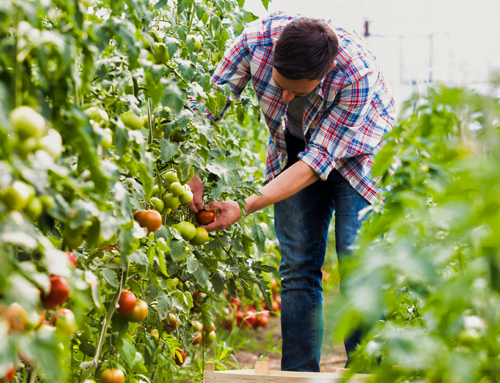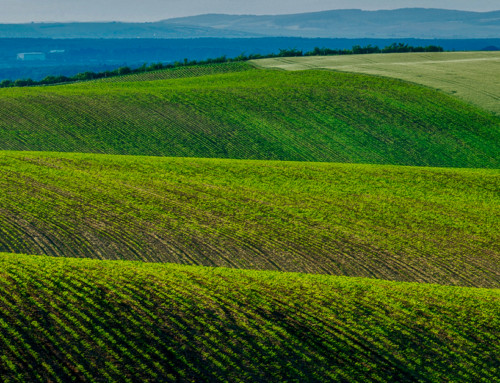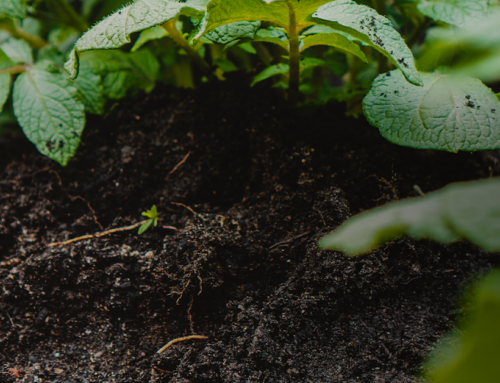The climate emergency has been the center of numerous national and global discussions for years. With the effects of the rising temperatures already being felt across the globe, billions of people have been impacted, and it’s only getting worse. However, if we play our cards right, it is still possible to reverse climate change. For that, we need to reach Drawdown, but we will only succeed if we manage to boost carbon removal.
What is Drawdown and how can we reach it?
Drawdown occurs when the concentration of greenhouse gases (GHG) in the atmosphere stops increasing and starts to steadily decline. Once this point is reached, climate change reversal will be possible. Drawdown would also prevent further catastrophic effects, seeing that as GHG levels decline, the global average temperature should also decline accordingly.
Human activities have emitted too much greenhouse gases into the atmosphere, which has contributed heavily to climate change. We threw off nature’s balance, causing temperatures to rise. So, to reach Drawdown we need to work on two different fronts: the first is to reduce GHG emissions and the second is to remove carbon from the atmosphere and store it elsewhere.
This already occurs naturally through the ocean and the soil, which are known as natural carbon sinks.
Human activities not only emit GHG into the atmosphere, but also jeopardizes the natural sinks’ ability to store carbon. The ocean, for example, has already absorbed a lot of the excess carbon we’ve put into the atmosphere. This excess carbon is disrupting the marine ecosystem, causing ocean acidification and loss of marine life.
Soil: friend or foe?
Soil contains the largest carbon stock on Earth, however, due to agricultural production and land use, 33% of the world’s soil is already degraded. And when it comes to soil, there’s a catch. Healthy soil can store more carbon than the atmosphere vegetation together; however, degraded soils will not only jeopardize carbon removal, but depending on how soil is being handled, it can actually release more GHG into the atmosphere, thus, aggravating climate change.
In order to reach Drawdown in time to avoid further catastrophic impacts, we need to start taking better care of Earth’s soil. Soil biodiversity plays a major role in carbon sequestration and thus is a key tool in our efforts to reverse climate change.
Therefore, in addition to other reversal strategies, soil biota should also be our immediate focus. This is especially important considering that only 1% of all soil microorganism species are currently known. Meaning, that we might not even realize the extent of the damage we are causing.
How can we take action?
There are several ways we can improve the carbon removal service provided by soil, which include stopping deforestation and land-clearing and preserving natural vegetation coverage. We must also adopt sustainable agricultural practices such as abandoning chemical fertilizers, switching to agroforestry or regenerative systems, stopping tilling, utilizing cover crops and crop rotation.
When it comes to fertilizers, the Chloride Free Foundation encourages farmers to use chloride-free inputs with low salt index, as chloride disturbs the soil ecosystem, causing the loss of soil organisms, thus hindering carbon removal.
We need to advance our efforts to boost carbon sequestration so we can reach Drawdown, and reverse climate change while still possible. But it’s important to remember that we can’t use carbon removal as an excuse not to reduce GHG emissions. They are two essential parts of the game plan, and it is vital to work on both fronts.
Luckily, there are several initiatives around the world focused on helping people and industries reduce their carbon footprint. However, there are not many initiatives focused on promoting soil health and protecting soil biodiversity. It is important to support initiatives that are currently in place, so we can expand their reach and impact.
If you would like to discover other initiatives that, like the Chloride Free Foundation, are working to preserve soil and its organisms, some of their work is shared on our social media. Make sure to follow us on Instagram and Facebook to check it out.
Below there are some other articles that you might be interested in:






How can I help climate change?
Hi Bryan, thank you for your question! There are numerous ways in which you can help fight climate change. You can implement changes in your day-to-day life in order to reduce your own carbon footprint, such as buying locally sourced products, reducing waste (food, water electricity), choosing to use a bike instead of a car, switching to a plant-based diet, reducing plastic use, among other actions. You can also support existing initiatives, like the Chloride Free Foundation, which have the purpose to fight climate change. You can do that by volunteering, sharing their content and donating to their cause. Check out this post to learn how you can help us in our efforts: https://www.instagram.com/p/CP6WDgsJ01y/